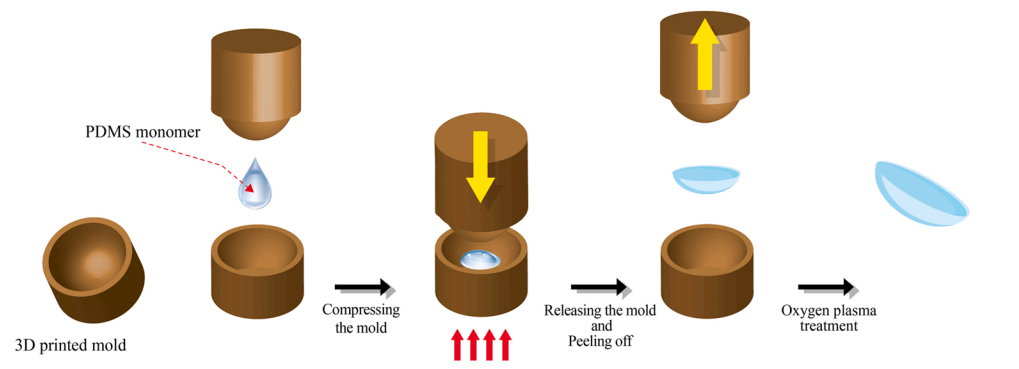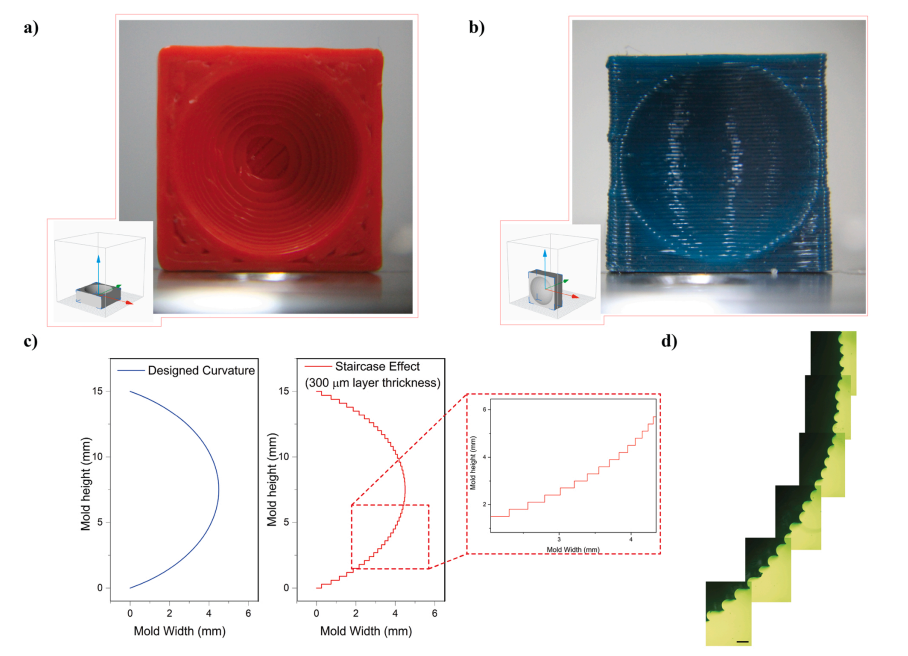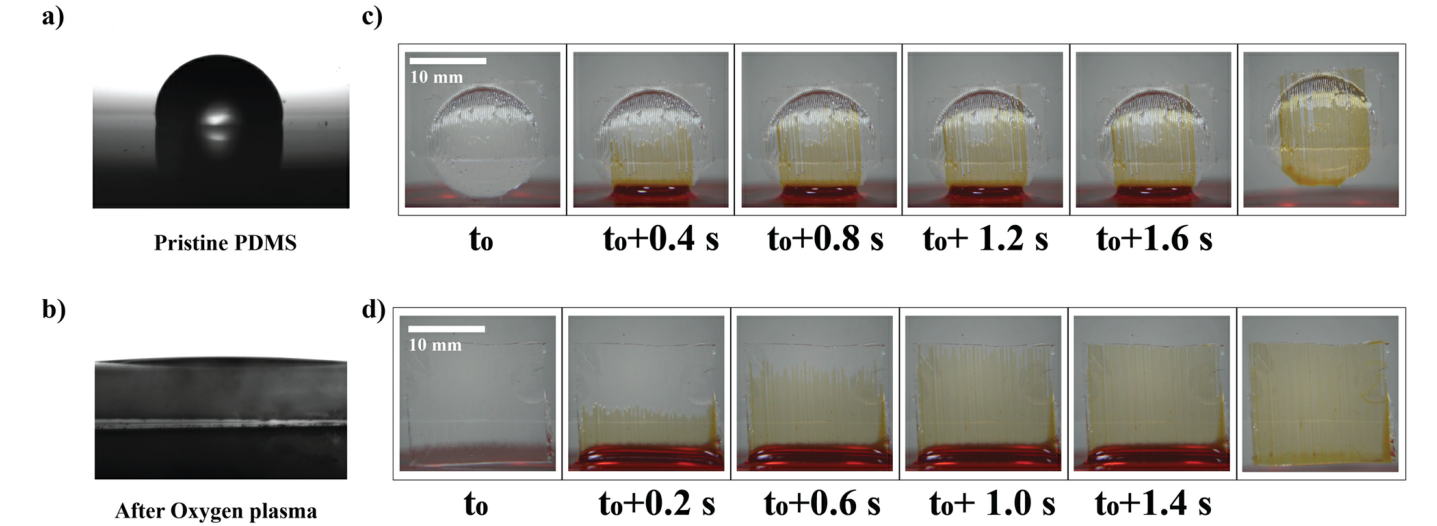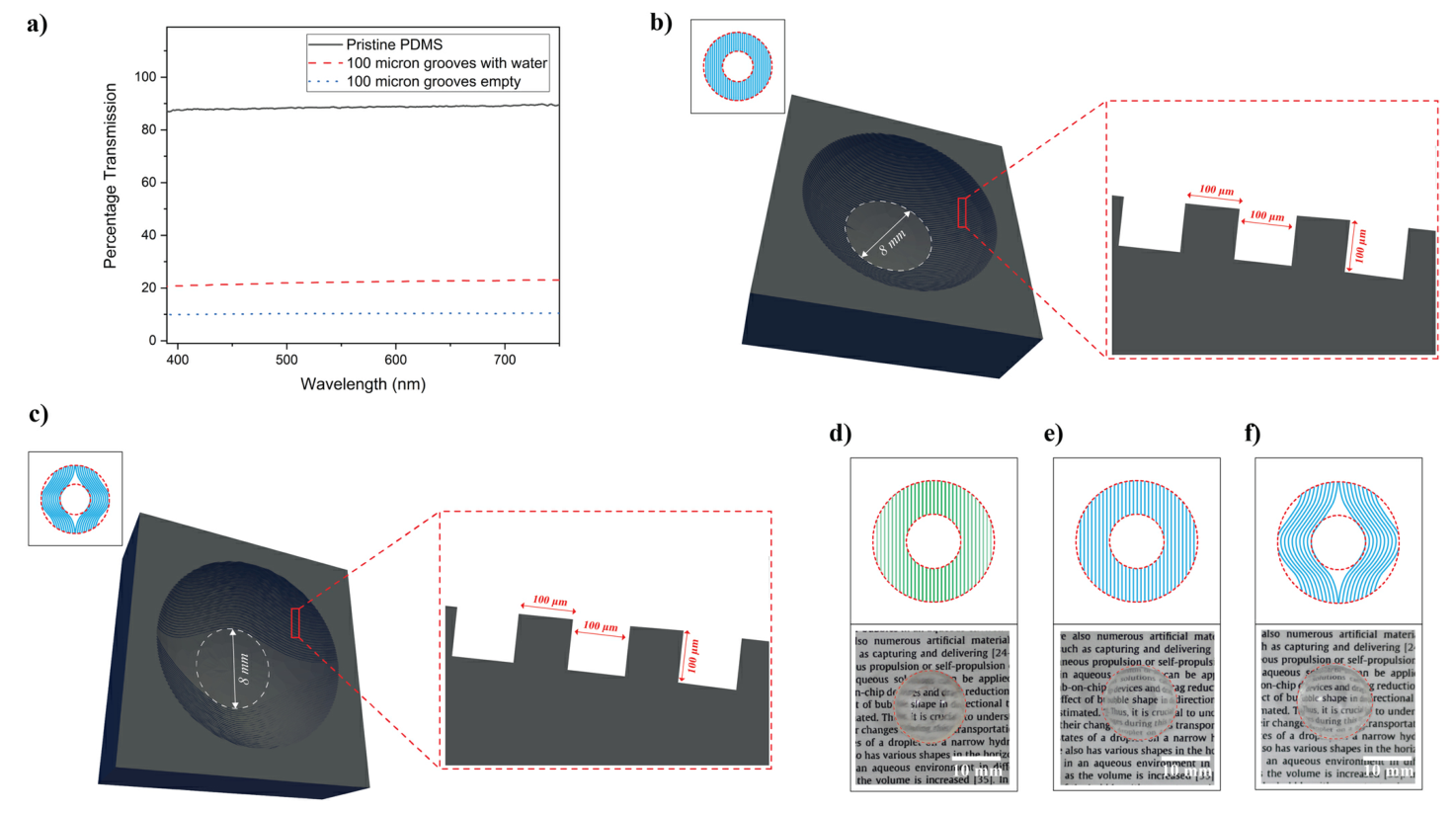Introduction: Invisibility
Glasses
Not only for vision correction, but also for wearable sensing technology, but prolonged wearing of contact lenses can lead to related eye diseases such as dry eye or keratitis. To alleviate the above problems, researchers have proposed self-wetting contact lenses. Popular methods for making contact lenses include spin casting, molding, and lathe machining. Although spin casting and forming techniques are economical, these techniques often require post-processing to address adhesion effects. On the other hand, lathe machining is expensive, time-consuming, and limited by the design geometry. With the advancement of additive manufacturing technology,3D printingTechnology has been used to make contact lenses.although3D printingThe application of contact lenses is still in its early stages, but its potential should not be underestimated!
In May 2022, researchers from the Manipal Institute of Higher Education in India used AutoCAD and stereolithography to develop self-wetting contact lenses. Their research results were published in “Additive Manufacturing”, let’s take a look at their specific Research it!

3D printed contact lenses
The principle of layer-by-layer fabrication in 3D printing is accompanied by a staircase effect, which limits vertical printing accuracy, surface finishing, and isotropic mechanical properties. also,
post-processing
It will cause the loss of structural features, so the printing layer thickness is a key factor in 3D printing. In addition, poor interfacial stability between layers can affect the durability of the contact lens. Therefore, it is necessary to reduce the printed layer thickness to increase the smoothness of the surface and improve the adhesion of the interface. 3D printing can print microchannels using smaller layer thicknesses, as
mold
and then use contact lens materials, such as soft elastomers, to make contact lenses.

△ Manufacturing procedure of microchannel-embedded contact lenses
The prospect of using additive manufacturing to create contact lens molds rather than contact lenses is often overlooked.The integration of additive manufacturing and traditional methods can leverage the strengths of both technologies
. In this study, the primary structure of the contact lens was fabricated by 3D printing a model developed with AutoCAD and stereolithography, with a concave mold with a diameter of 15 mm.
Researchers 3D print 100-micron concave molds with rectangular bottoms
. After printing, the optical areas are ground flat and then copied onto a soft elastomeric material, polydimethylsiloxane (PDMS), using soft lithography, to form the contact lenses. At the same time, the researchers also carried out experimental tests on the contact lenses, and they found that the capillaries on the surface of the microchannels rose, and the contact lenses were self-lubricating.
Forming Microchannels Using the Staircase Effect of 3D Printing
The researchers first used
ABS for FFM printing contact lens molds
, they chose two directions for research. In 3D printing, the layer-by-layer construction nature of 3D printing leads to the step effect, and the size of the formed steps is determined by the printing angle. Furthermore, the staircase effect becomes more pronounced when 3D printing is performed at low layer resolutions.The PDMS was copied on the mold to form a contact lens, i.e.
Contact lenses have microchannels created from the master mold step effect.Here the width of the microchannel corresponds to the resolution or step height of the layer, and the depth is determined by the step width
.

△ Staircase effect
Through experiments, as shown in the figure below, the researchers discovered the phenomenon of capillary rise, proving that the contact lenses with microchannels produced by 3D printed molds have self-wetting properties.

△a) Water contact angle of pristine PDMS, b) PDMS treated with oxygen plasma, c) Capillary rise in microchannel contact lens formed by step effect, d) Capillary tube in planar microchannel formed by ridge effect Rise (printed at 300 micron layer resolution).
Control microchannel size & improve lens transmittance
Although creating microchannels in contact lenses facilitates lens self-wetting,
Microchannels formed solely by the step effect do not form uniformly sized microchannels
. Therefore, size-controllable microchannels cannot be provided by the staircase effect alone. The retraction error or irregularity of the ABS also directly affects the size of the microchannels formed. To better control the size and distribution of the microchannels, the researchers designed the dimensions of the microchannels directly in CAD, defined directly in the design. To reduce the effects of the staircase effect, the researchers used projection microstereolithography to print with layers with a resolution of up to 10 microns.
The researchers then circumvented the optical transmission loss of the contact lens by polishing the optical regions of the structure with acetone and printing curved capillaries.
Microchannels fabricated on contact lenses not only help self-moisturizing, but also provide new ideas for future development of chip-enabled contact lenses
.

△ Lens improvement design
For more content, please download the original text to view:
https://doi.org/10.1016/j.addma.2022.102842
(responsible editor: admin)


0 Comments for ““Additive Manufacturing”: 3D printing self-moistening contact lenses, saying goodbye to dry eyes!”